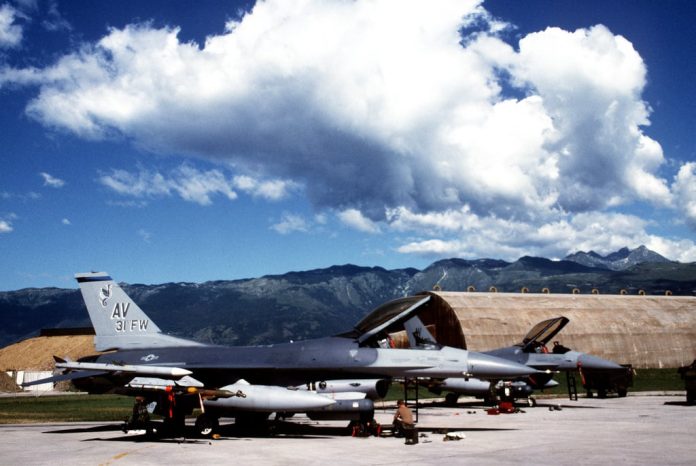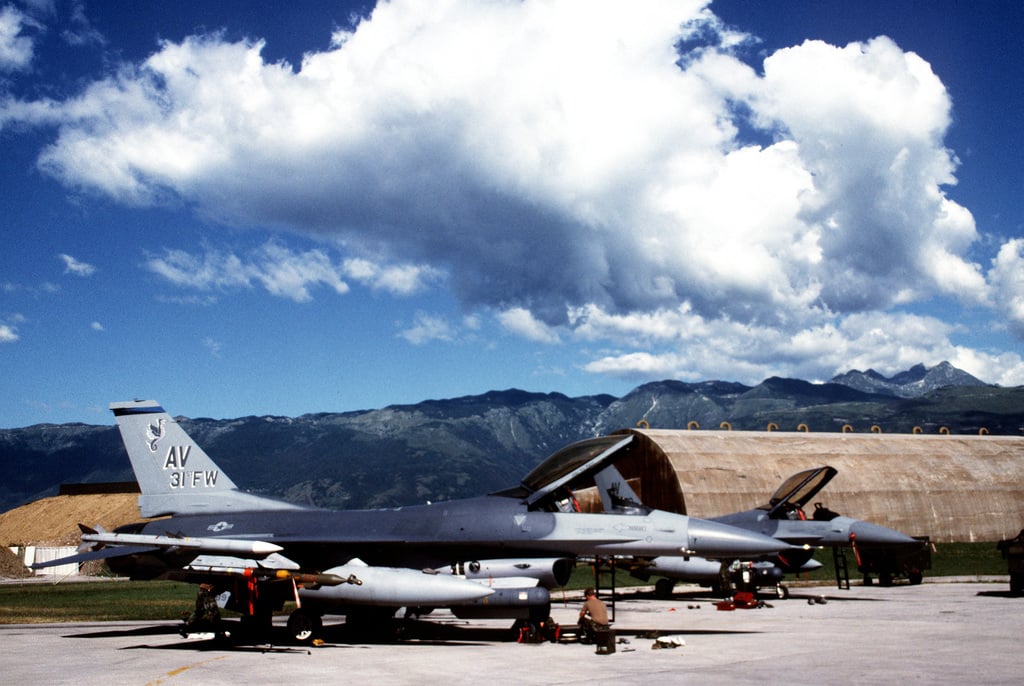
The leveling of Iran’s best-defended nuclear facilities by Israeli and American airstrikes was, by any battlefield measure, a technical achievement. But the 12-Day War’s aftermath is a chastening reminder: even the most advanced air campaigns can produce limited strategic dividends. As policymakers and defense experts sort through the rubble, the engineering, logistical, and operational lessons of this short but furious war are as important as the political judgments.
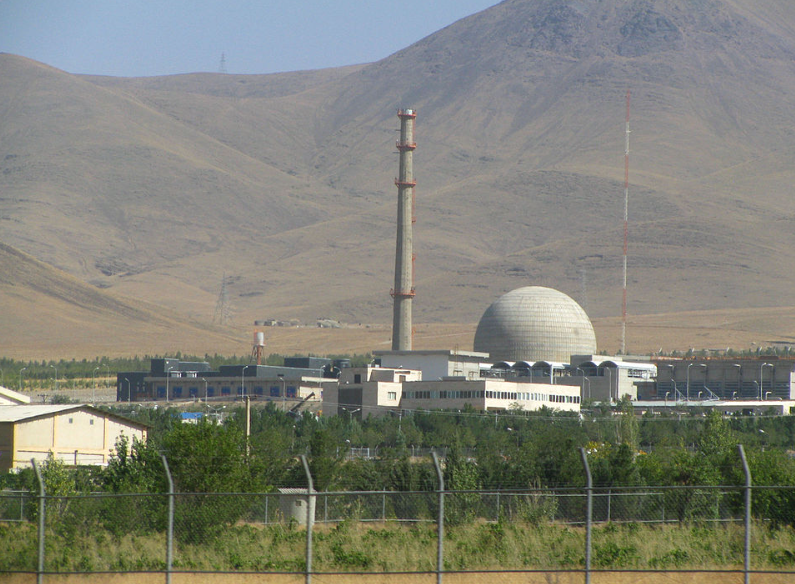
1. The Tactical Success and Its Constraints
Israeli and American air forces gained uncontested air superiority over Iranian airspace, attacking with precision and overwhelming firepower. Their deployment of cutting-edge munitions, such as the GBU-57 Massive Ordnance Penetrator and Tomahawk cruise missiles, inflicted widespread destruction on key Iranian nuclear facilities, including the Natanz and Fordow enrichment plants, Esfahan uranium conversion plants, and the IR-40 Arak heavy water reactor. As per satellite imagery and IAEA reports, “the main cascade hall has been apparently attacked using ground-penetrating munitions the strikes on the underground cascade halls were seriously damaging,” reported IAEA Director General Rafael Mariano Grossi. Still, the campaign did not succeed in its sweeping objectives: the Iranian regime was undeterred, and its nuclear aspirations unaffected.
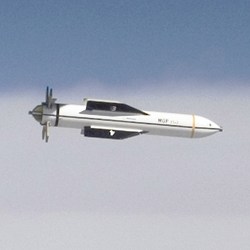
2. Engineering the Air Campaign: Precision and Penetration
The tactical sophistication in attacking deeply buried facilities was unparalleled. Fordow saw American forces employ twelve GBU-57s, focusing firepower on ventilation and service structures to direct blast waves into underground centrifuge halls. This tactic maximized destruction of sensitive equipment, as post-strike imagery confirmed “two sets of three penetration holes on the mountain above the enrichment halls,” exactly aligned with known weak points.
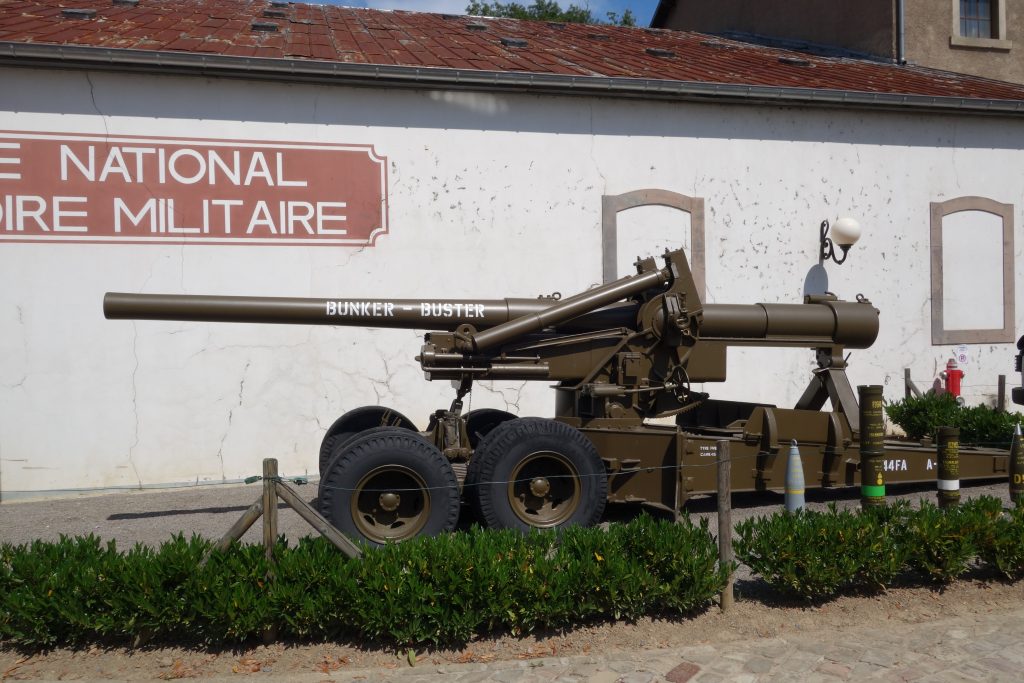
These bombings demanded careful intelligence, high-end bunker-busting capability, and perfect mission planning yet, even such engineering masterpieces could not eliminate Iran’s ability to rebuild, as leftover enriched uranium inventory and centrifuge parts endured in scattered sites assessment of the nuclear attacks.
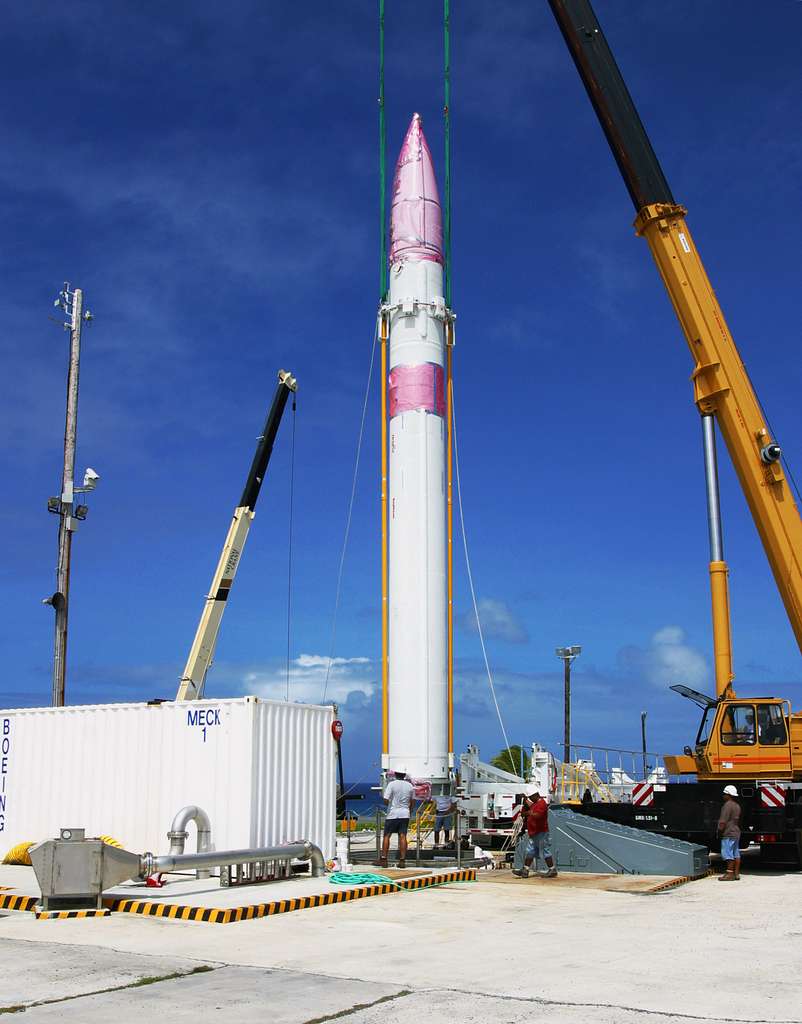
3. The Resource Drain: Tankers, Munitions, and Diminishing Returns
Pursuing a high-tempo air campaign across hostile territory revealed the logistical Achilles’ heel of contemporary airpower. Israel’s elderly tanker fleet was “badly stretched,” and Israeli and American stocks of precision-guided munitions and interceptor missiles were quickly exhausted. Every subsequent wave of attacks produced diminishing returns, as high-priority targets were depleted and later sorties aimed at less important or already-hit locations. The cost-benefit curve for the campaign soon flattened, recalling the ultimate paradox of decreasing returns in air warfare BBC analysis.

4. The Technology of Accuracy: JDAMs and Acquisition Reform
At the center of the campaign’s success was the use of Joint Direct Attack Munitions (JDAMs), which converted conventional bombs to all-weather, GPS-guided munitions. The engineering breakthroughs of the JDAM program modular guidance kits, inertial navigation, and commercial manufacturing techniques allowed for quick, affordable production and integration on several aircraft platforms. Significantly, “the CAIG estimate shows a 50 percent reduction in average unit procurement costs,” a testament to acquisition reform and dual-use technology adoption. However, despite these improvements, the war demonstrated that precision alone cannot assure decisive effects JDAM program results.
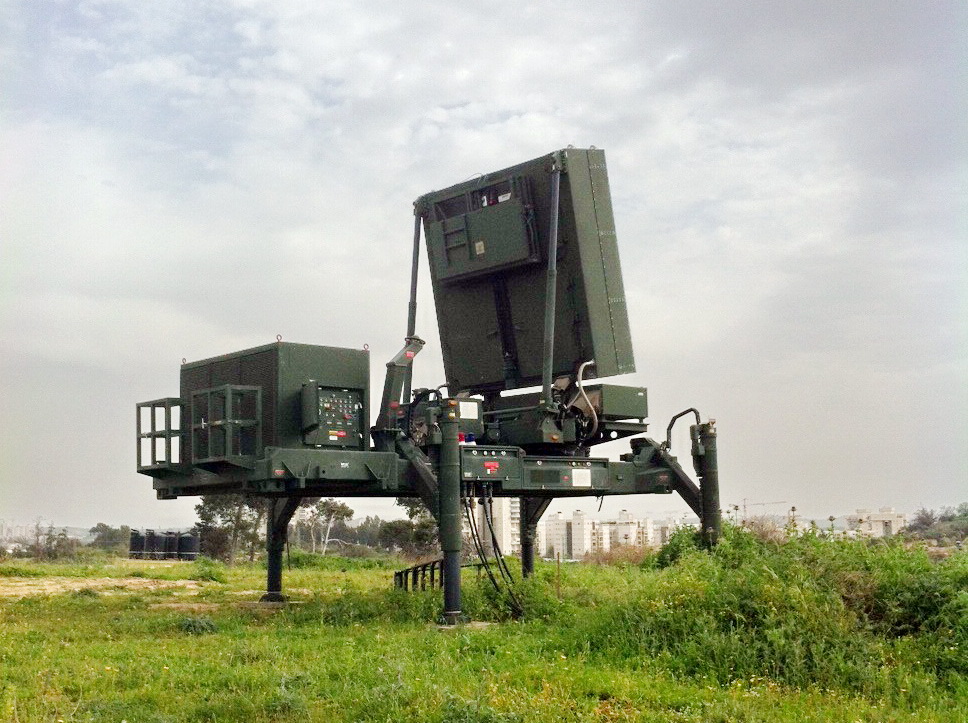
5. Defending the Homeland: The Engineering of Missile Shields
Iran’s retaliatory bombardments challenged Israel’s multi-layer missile defense system, ranging from Iron Dome’s short-range Tamir interceptors to Arrow 2 and the American-provided THAAD system. Iron Dome’s “Tamir” missiles, costing $50,000 each, intercepted most of the incoming rounds, with the IDF reporting a 99% success rate during intense barrages. Arrow 2, which can target ballistic missiles at heights up to 100km, and THAAD, targeting threats in the upper atmosphere, offered multi-layered protection. But the campaign demonstrated that even the most sophisticated systems can be overwhelmed by saturation attacks, and no shield is invulnerable a Hezbollah drone attack evaded defenses, killing people and highlighting the limitations of existing technology missile defense systems.
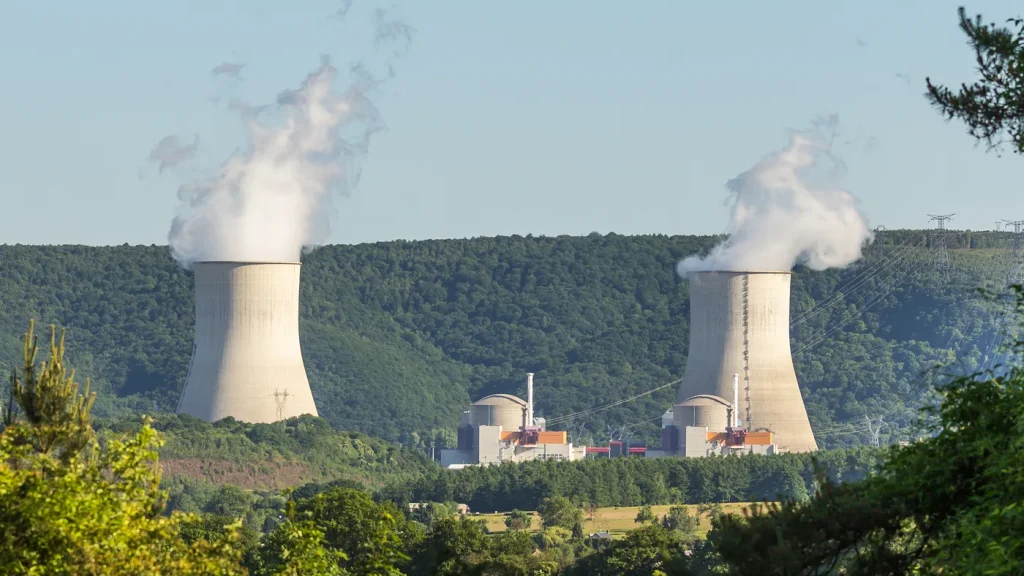
6. The Nuclear Program Continues: Resilience and Adaptation
Even though the destruction visited on Iran’s nuclear facilities, the essential challenge remains. Remaining stocks of enriched uranium, scattered centrifuge equipment, and the retaining knowledge of Iranian scientists ensure that the nuclear program is still a potential threat. “Iran still possesses enriched uranium, can still enrich yet more uranium, and possesses well over enough scientists to continue on the program,” the primary analysis reports. The strikes, though slowing development, perhaps only further solidified Tehran’s desire for a deterrent capability strategic aftermath.
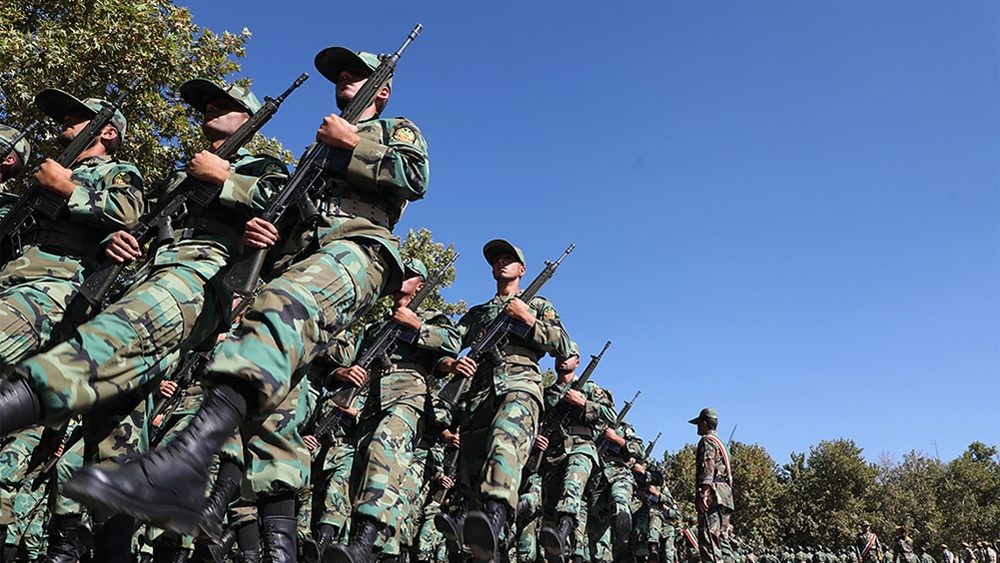
7. Strategic Fallout: Altered Regional Dynamics
The outcome of the war has been felt throughout the Middle East. The failure of Iran to launch a proper defense and the destruction of essential military assets have “severely dented perceptions of Iranian military prowess, potentially eroding deterrence and emboldening regional rivals and adversaries alike.” Proxy forces that depend on Iranian patronage might need to adjust, and the balance of power shifts away from Tehran in the short term. But the root causes of conflict continue unresolved, setting the region up for further instability regional impact.
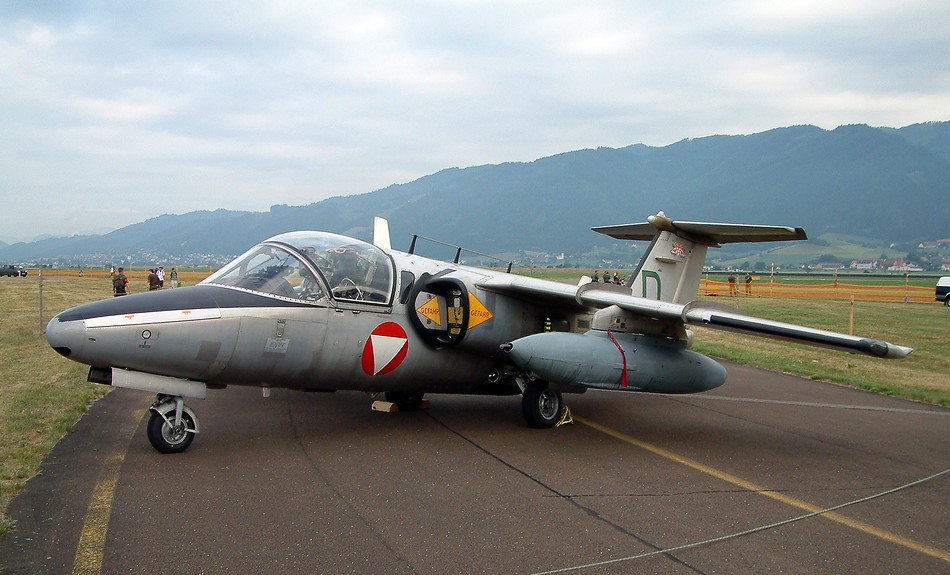
The 12-Day War is a case study in the limitations of airpower, the need for strong engineering and logistics, and the persistence of complexity in strategic objectives in contemporary conflict.
